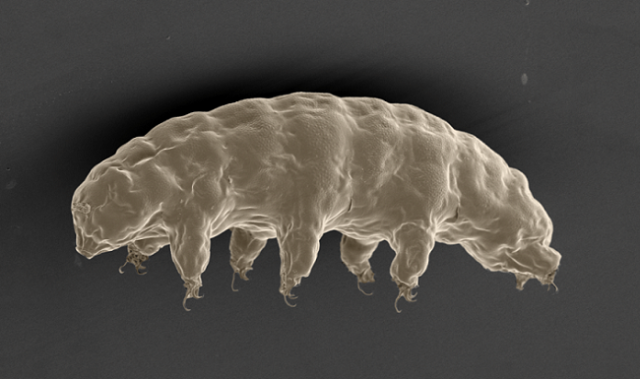
Asian Scientist (Jul. 15, 2013) – Researchers in Japan have decoded the genome of the algae Symbiodinium minutum.
The algae nuclear genome, reported in Current Biology, is the first genome of a coral symbiont to be sequenced. The term symbiont refers to an organism in a symbiotic relationship.
Coral reefs have enormous ecological and economic importance but corals are increasingly threatened by environmental changes such as ocean acidification and seawater temperature rise.
Some corals with hard skeletons, known as stony or hard corals, exist in a symbiotic relationship with algae known as Symbiodinium. Neither organism can survive without the healthy presence of the other.
In this relationship, Symbiodinium receives CO2 and a stable, safe living environment from the coral host, while the coral benefits from oxygen and nutrients produced from the symbiont.
Researchers from the same laboratory decoded the genome of the coral Acropora digitifera in 2011. One key finding was that, unlike several other corals, Acropora seems to lack an enzyme essential for cysteine biosynthesis, implying dependency of this coral on its symbionts, including Symbiodinium, for this amino acid.
Now, they have sequenced the Symbiodinium minutum genome and it is hoped that having genome information from both the coral and its symbiont will provide insights into coral biology and the symbiotic relationship between corals and algae.
For example, it will be possible to investigate whether corals or symbionts respond first to environmental changes such as seawater temperature rise or ask if corals respond to different stresses via a similar molecular mechanisms.
The team selected Symbiodinium minutum for sequencing because of its relatively small genome, containing only 1,500 megabases. Other algae that live in symbiosis with coral have extremely large nuclear genomes ranging from 1,500 to 24,500 megabases.
The article can be found at: Shoguchi et al. (2013) Draft Assembly Of The Symbiodinium Minutum Nuclear Genome Reveals Dinoflagellate Gene Structure.
——
Source: OIST; Photo: Paul and Jill/Flickr.
Disclaimer: This article does not necessarily reflect the views of AsianScientist or its staff.












